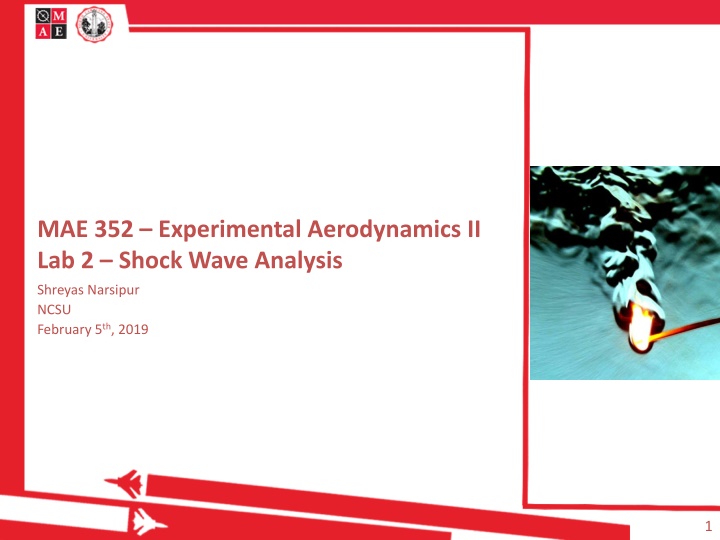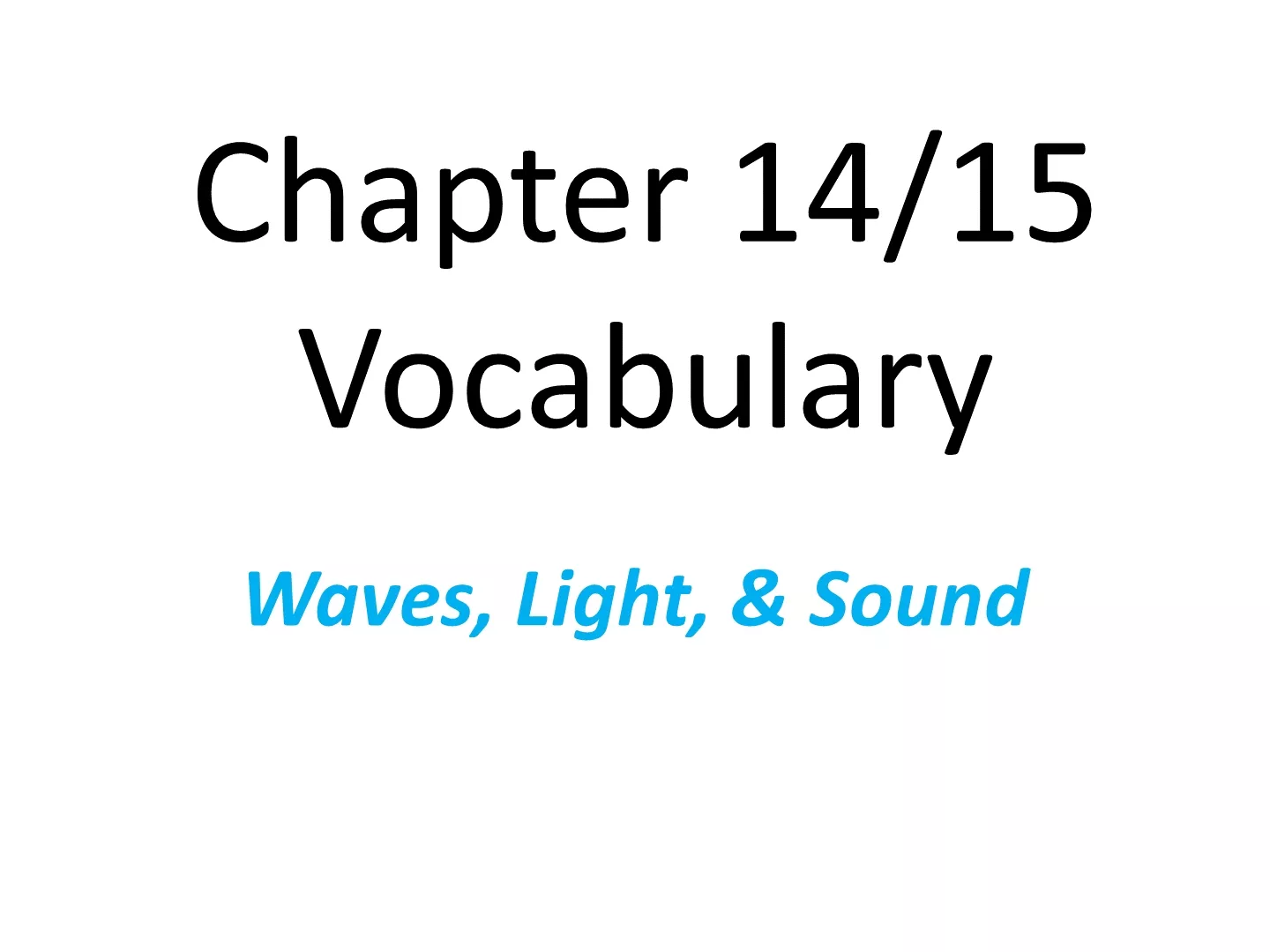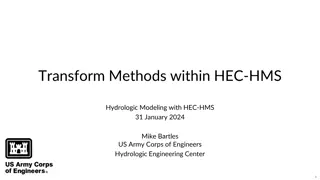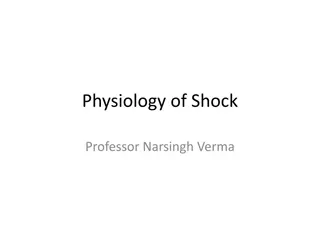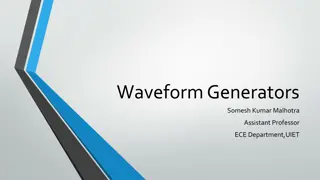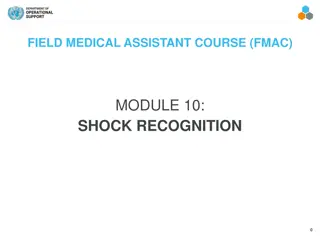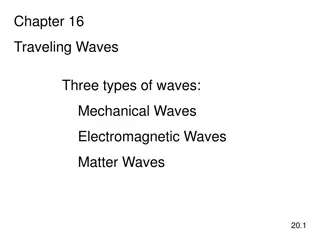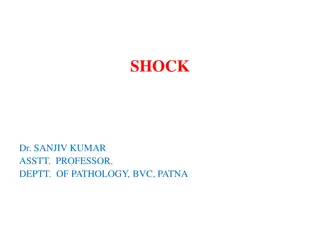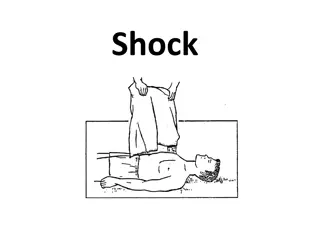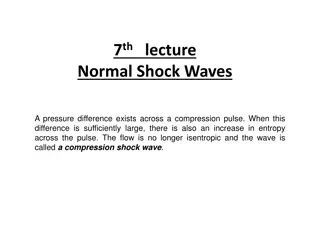Shock Wave Analysis in Experimental Aerodynamics
This content entails lab procedures and theories for shock wave analysis using Schlieren imaging technique in experimental aerodynamics. Explore the objectives, theories, and expectations for understanding shock characteristics in supersonic flow.
Download Presentation

Please find below an Image/Link to download the presentation.
The content on the website is provided AS IS for your information and personal use only. It may not be sold, licensed, or shared on other websites without obtaining consent from the author.If you encounter any issues during the download, it is possible that the publisher has removed the file from their server.
You are allowed to download the files provided on this website for personal or commercial use, subject to the condition that they are used lawfully. All files are the property of their respective owners.
The content on the website is provided AS IS for your information and personal use only. It may not be sold, licensed, or shared on other websites without obtaining consent from the author.
E N D
Presentation Transcript
MAE 352 Experimental Aerodynamics II Lab 2 Shock Wave Analysis Shreyas Narsipur NCSU February 5th, 2019 1
Outline Lab 1 - Solutions Lab 2 - Objective Lab 2 Theory Lab 2 - Expectations 2
Lab 1 - Solutions ???????????:? = 1.82 10 7??2 1.3 10 3?? + 3.90 ???????? :? = 2.15 10 8??2 1.4 10 4?? + 3.923 ????????????? ???? ? = 1.17 10 13??4 7.37 10 10??3+ 1.83 10 6??2 2.80 10 3?? + 4.14 3
Lab 2 - Objective Understand and implement Schlieren imaging technique for flow visualization Determine the shock characteristics of a 2-D wedge in supersonic flow. Plot the - -M curves for the wedge at different Mach numbers. 4
Lab 2 - Theory Due to the large fluctuations in properties, specifically density, across a shock wave, it is possible to observe a shock wave using Schlieren photography. A Schlieren system consists of a strong, coherent light source, a slit, a set of mirrors, and a recording device. 5
Lab 2 - Theory Observing the change in direction of the streamlines (over the shock), it is possible to create a relationship between the angle of the shockwave, the angle of the wedge, and the Mach number. We obtain the - -M relation: 2 (?+1)?1 2(?1 cot = tan? 2sin2? 1) 1 = wedge angle = shock angle = specific heat of fluid M1 = freestream Mach number 6
Lab 2 - Theory The - -M relationship will produce two angles for a given and M1. M2 is always less than M1 and can still be supersonic (weak shock wave) or subsonic (strong shock wave). The blue line separates the strong and weak solutions. A maximum corner angle, MAX, exists for any upstream Mach number. When > MAX, the oblique shock wave is no longer attached to the corner and is replaced by a detached bow shock. 7
Lab 2 Expectations Using the Schlieren images and the data from the pressure transducers, calculate the freestream Mach. Data acquired: T01 (oF) time (s) P01 (psi) P1 (psi) Patm (psi) Plot the shock wave angle versus wedge angle for different freestream Mach number settings. Co-plot and compare your results with theoretical analysis using the - -M relationship. Calculate and plot the Mach number vs. block number from the freestream static and stagnation pressure data using the isentropic relation and compare it to the Mach number obtained from the - -M relation. Additionally, compare the above data with similar results from Lab-1. 8
